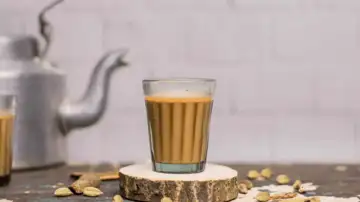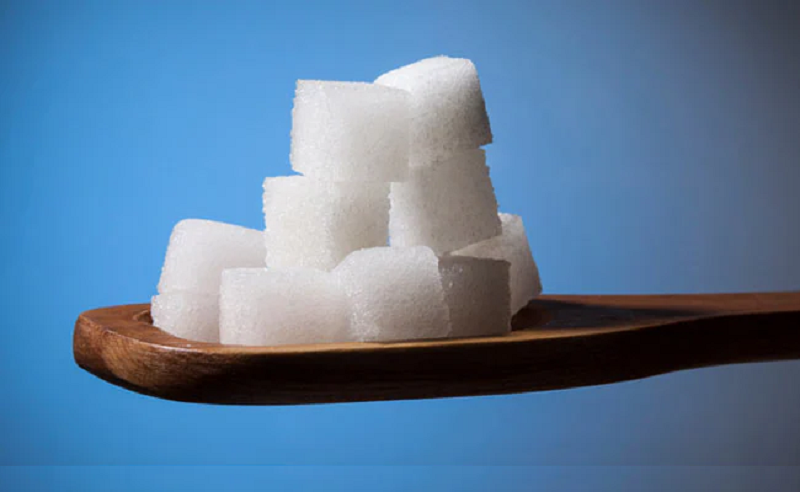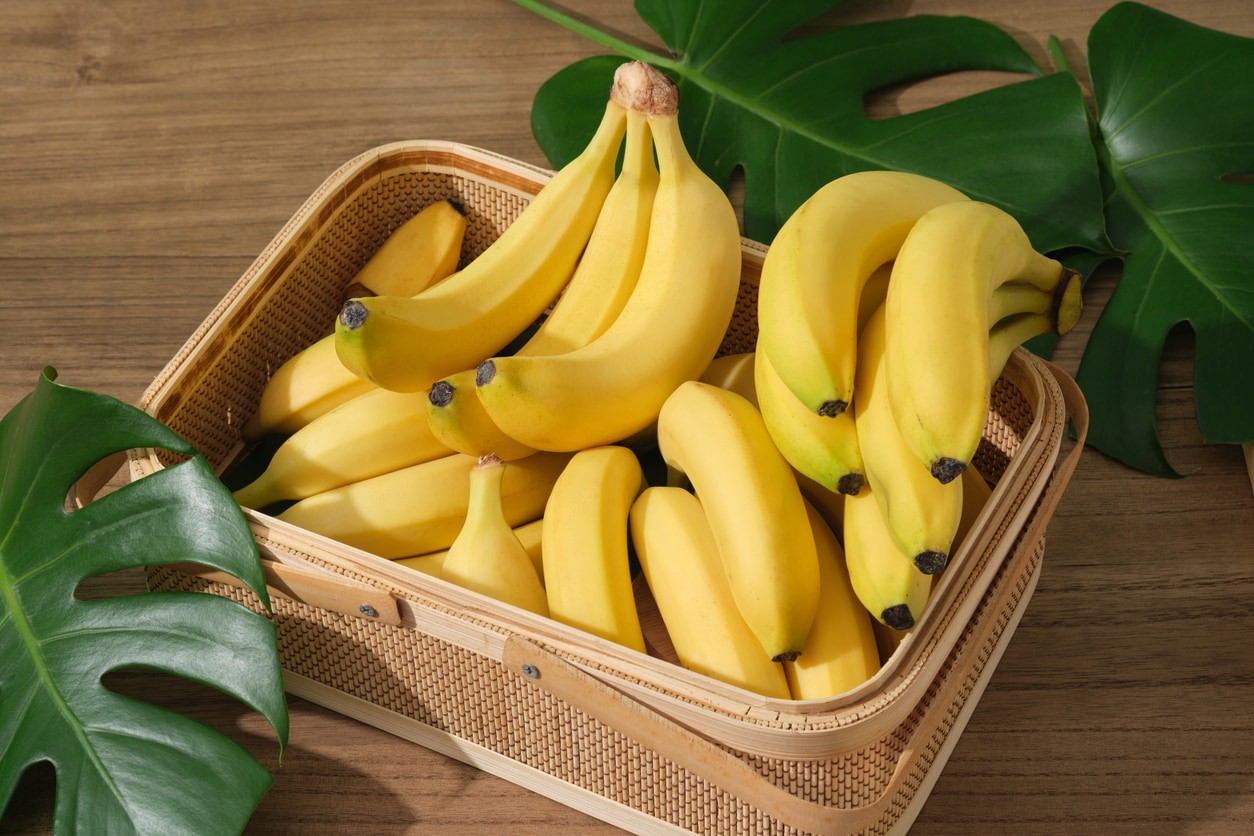In the heart of every Indian household, from the bustling streets of Mumbai to the serene villages of Kerala, lies a cherished tradition- a steaming cup of chai . Indian tea culture is a tapestry of flavors, aromas, and rituals that have been woven into the fabric of daily life for generations.
While tea enjoys global popularity, it is in India where it transforms into a quintessential experience, transcending the boundaries of a simple beverage to become a way of life.
In this detailed guide, we’ll embark on a journey through the enchanting world of Indian chai, delving into the history, varieties, preparation methods, and cultural significance of this beloved brew. Whether you’re a tea connoisseur or a novice, our exploration will equip you with the knowledge and techniques needed to brew the perfect cup of chai.

A Brief History of Chai in India
The history of tea in India is a story of intrigue, commerce, and cultural fusion. Tea is believed to have been introduced to the Indian subcontinent by the British East India Company in the early 17th century. Initially, it was cultivated as an exotic plant in the gardens of British colonists, but it wasn’t long before tea found its way into the hearts and teacups of the Indian people.
The cultural transformation of tea in India began when the British sought to establish plantations in the northeastern state of Assam. Local laborers and communities, who had their own traditional herbal infusions, were introduced to the British practice of brewing tea leaves. This fusion of cultures gave rise to a distinctive Indian tea culture, where traditional spices, herbs, and a multitude of flavors were incorporated into the brew.
The Varieties of Chai in India
India is not just the world’s largest consumer of tea; it is also home to a diverse range of chai varieties, each with its unique character and preparation methods. Here are some of the most prominent chai variations:
1. Masala Chai: Perhaps the most famous Indian chai, masala chai is a symphony of spices, black tea, and milk. A typical masala chai includes ingredients like cardamom, cinnamon, cloves, ginger, and black peppercorns, all brewed together to create a fragrant, spiced concoction.
2. Assam Tea: Hailing from the Assam region, this tea variety is known for its robust flavor and deep amber color. It is often used as the base for many chai recipes due to its strong, bold taste.
3. Darjeeling Tea: Grown in the Darjeeling region, this tea boasts a delicate and light flavor with floral and fruity notes. It is considered the “Champagne of teas” and is often brewed without milk.
4. Earl Grey Chai: Combining the essence of traditional chai with the aromatic notes of bergamot, Earl Grey Chai adds a unique twist to the classic recipe.
5. Tulsi Chai: Made with holy basil leaves, Tulsi chai is renowned for its herbal, earthy flavor and medicinal properties. It’s a popular choice for those seeking a caffeine-free alternative.
6. Kashmiri Kahwa: This saffron-infused tea from Kashmir is a soothing blend of green tea, spices, and nuts. It is traditionally served with honey and garnished with almonds or pistachios.
7. Spiced Ginger Chai: As the name suggests, this chai variety is a fiery concoction of black tea, ginger, and an array of spices. It’s a comforting choice, especially during the cold winter months.
The Art of Brewing the Perfect Cup of Chai
While each type of chai boasts its unique characteristics, there are some general principles that apply to brewing the perfect cup of chai:
1. Selecting the Right Tea: The base tea leaves you choose will significantly impact the flavor of your chai. For a robust, traditional chai, Assam or Darjeeling tea is often recommended.
2. Spices and Herbs: Spices are the heart of chai. Common additions include cardamom, cinnamon, cloves, and ginger. Experiment with different spice combinations to find your favorite flavor profile.
3. Milk and Sweeteners: Most Indians use whole milk for a rich and creamy chai. Sweeteners like sugar, honey, or jaggery can be added to taste. Adjust the quantities to suit your preference.
4. The Brew: Boil the water and add the tea leaves and spices. Allow the brew to simmer, infusing the water with flavors. Add the milk and sweetener and simmer further. Strain the chai into cups and serve hot.
5. Experiment and Customize: The beauty of chai lies in its versatility. Feel free to experiment with different spices, milk alternatives, and sweeteners to create your unique chai blend.
The art of brewing the perfect cup of chai is a skill that captures the essence of Indian culture and tradition. The diverse range of chai varieties, each with its unique flavor profile, reflects the vast and varied tapestry of India itself. From bustling streets to cozy homes, chai is not merely a beverage; it’s a way of life. Whether you prefer a spiced masala chai or a soothing Kashmiri Kahwa, this guide equips you to brew the perfect cup of chai, embracing the rich tapestry of Indian tea culture one aromatic sip at a time.





